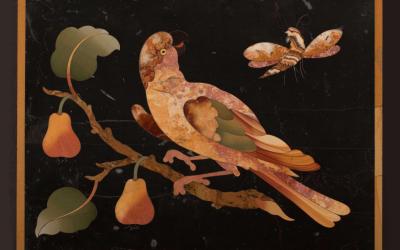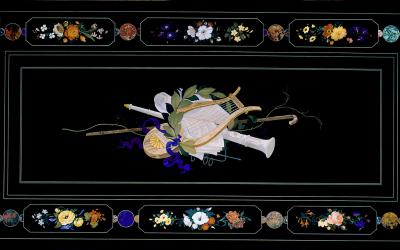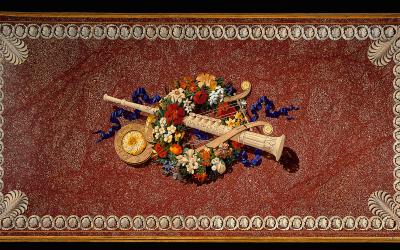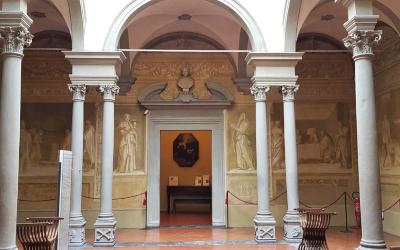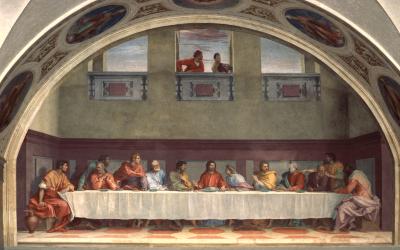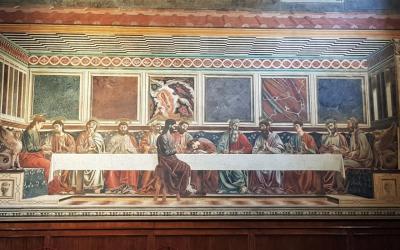The Museum annexed to the Opificio delle Pietre Dure, today a modern center specialized in restoration, is a direct descendant of the artistic manufactory dedicated to the working of hardstones, officially founded in 1588 by Ferdinando I de’ Medici.
The character of the Museum does not correspond to a specific collecting intention, but rather reflects the life and events of its centuries-old productive activity.
-
Opening days
Monday to Saturday
-
Opening times
From 8:15 AM to 2:00 PM (last admission at 1:30 PM)
-
Closing
Sundays, public holidays, and June 24th, feast of the Patron Saint of Florence
-
Extra Opening times
October 2, 9, 16, 23, and 30, 2025
November 6 and 13, 2025
Special afternoon openings for the "2025 Enhancement Plan," from 2:00 PM to 6:00 PM (last admission at 5:30 PM). - Web Opificio delle Pietre Dure Museum
-
Feature List
- Info line
- Wheelchair accessible
The most prestigious creations, often presented as gifts by the Florentine Grand Dukes, are preserved in palaces and museums across Europe, while in the production workshops unfinished works remained, or pieces resulting from later alterations and dismantling, together with what survived the nineteenth-century dispersions, which came to an end in 1882 with the museumization of the collection. This collection, comprising works of great charm and refinement, is nonetheless sufficient to outline a historical journey of the manufactory spanning three centuries. There also remains an important sample collection of ancient marbles and hardstones gathered for the purpose of the commesso technique.
The Museum was renovated in 1995, based on a project by Adolfo Natalini. The reorganization of the collection, overseen by Anna Maria Giusti, follows a thematic and chronological approach: in the halls obtained from the main salon are documented the productions of the Medici and Lorraine grand-ducal periods, while in the nineteenth-century rooms are those from the post-Unification era. The raised floor of the salon is dedicated to the working techniques: from the rich stone sample collection, to the workbenches, the tools, and the didactic demonstration of certain stages of the production of inlays and carvings. In this way, one can retrace the entire process, from conception to the finished work, and discover the inner workings of a fascinating episode in Florentine artistic history.
The character of the Museum reflects the life and events that have shaped the centuries-old productive activity of the ancient grand-ducal manufactory specialized in hardstone craftsmanship. The current arrangement, designed by architect Adolfo Natalini, dates back to 1995. The reorganization of the collection, curated by Anna Maria Giusti, follows a chronological-thematic criterion: the first rooms document the productions of the Medici and Lorraine grand-ducal periods, while the nineteenth-century rooms display those of the post-Unification era. The raised floor of the salon is dedicated to working techniques: from the rich stone samples, to the workbenches, the tools, and the didactic exemplification of some phases of the production of inlays and carvings. In this way, it is possible to retrace the complete process for the creation of masterpieces of the so-called commesso, or Florentine mosaic, and to uncover the secrets of this fascinating episode in Florentine artistic history.
Where
via degli Alfani, 78. 50121 – Firenze

